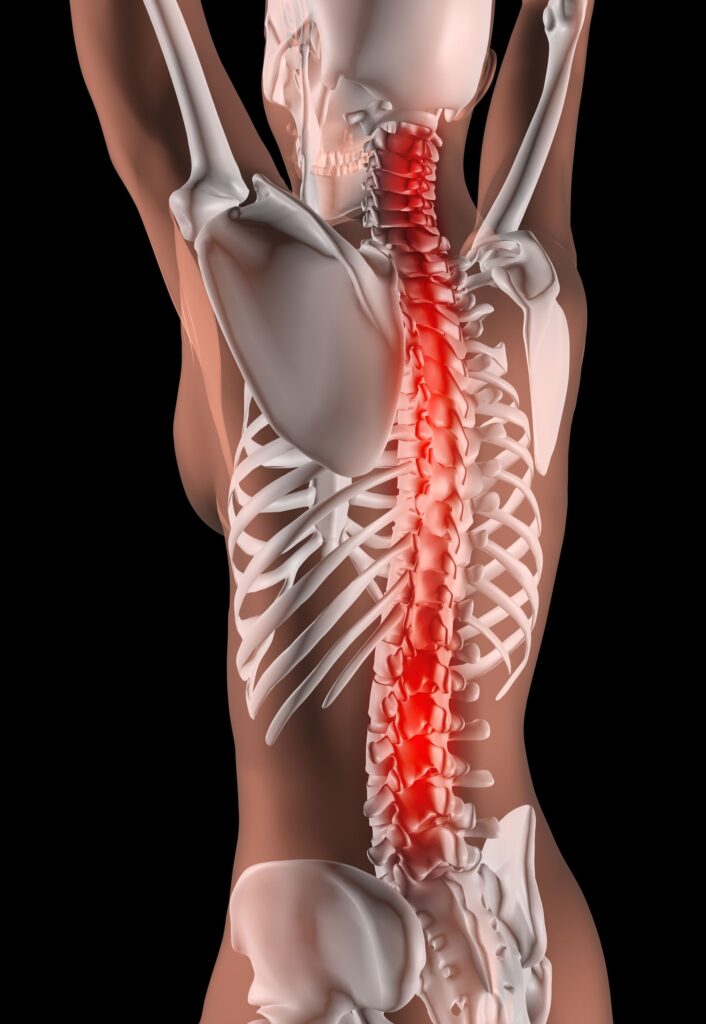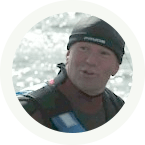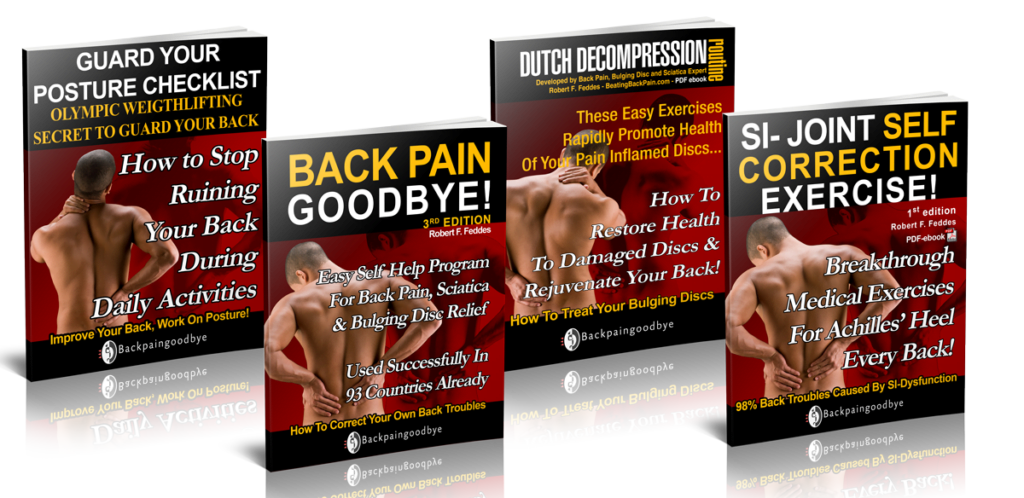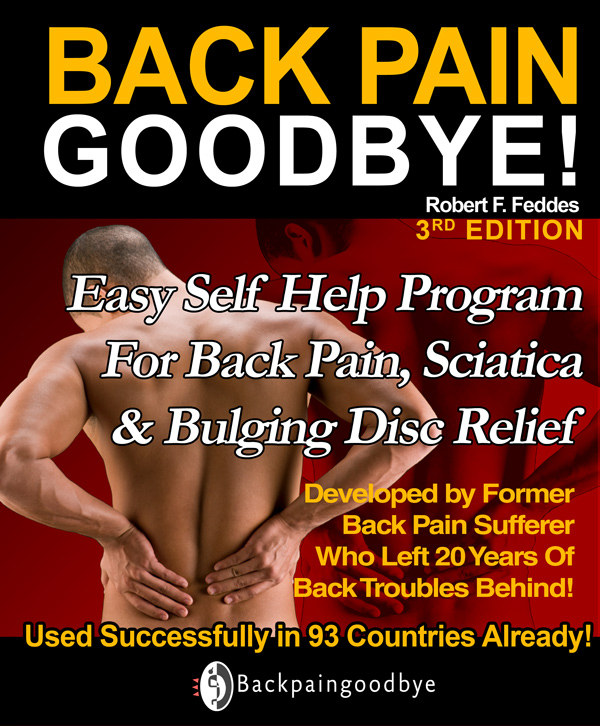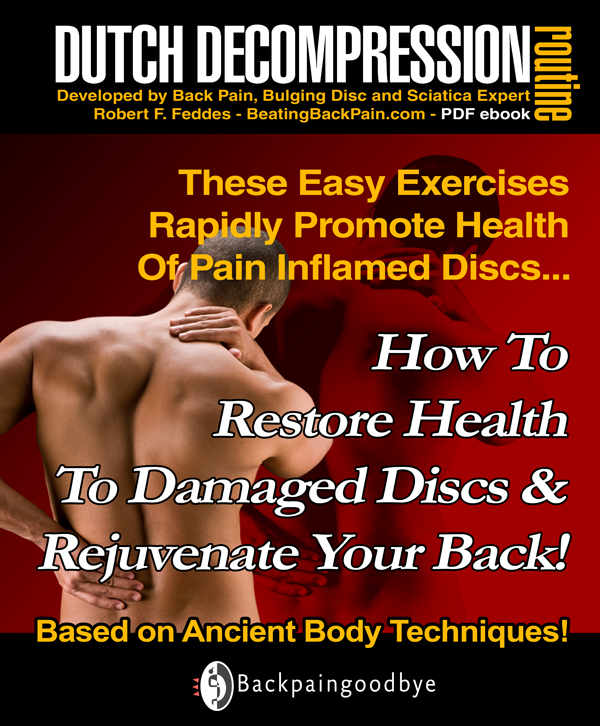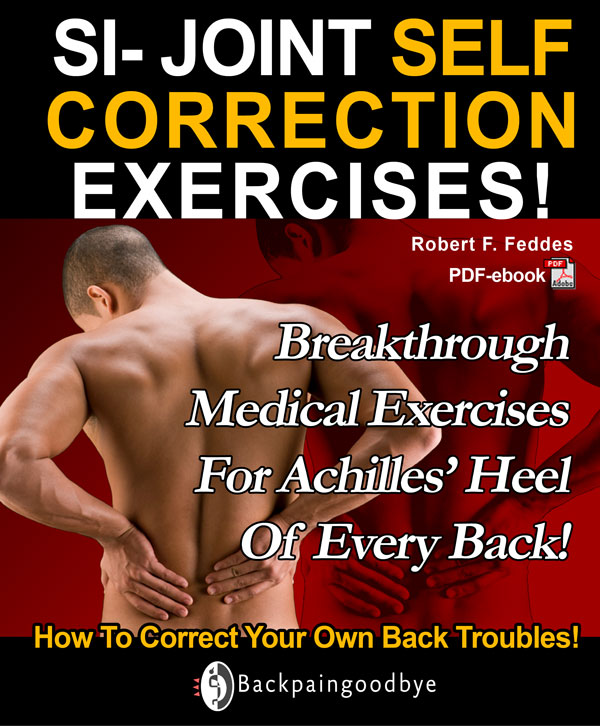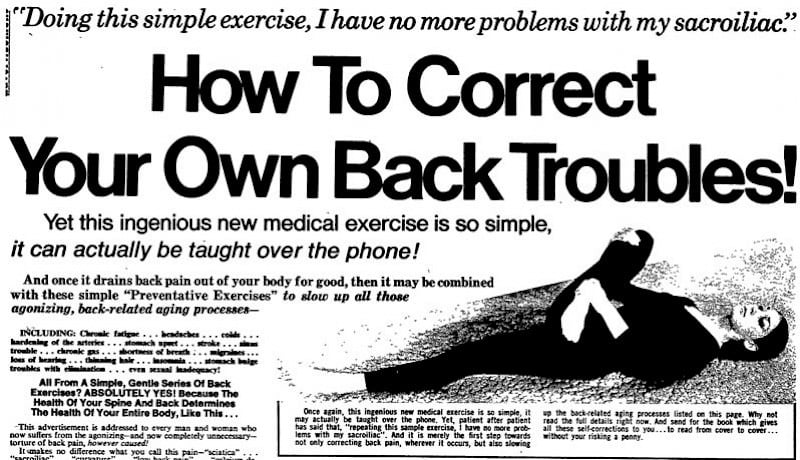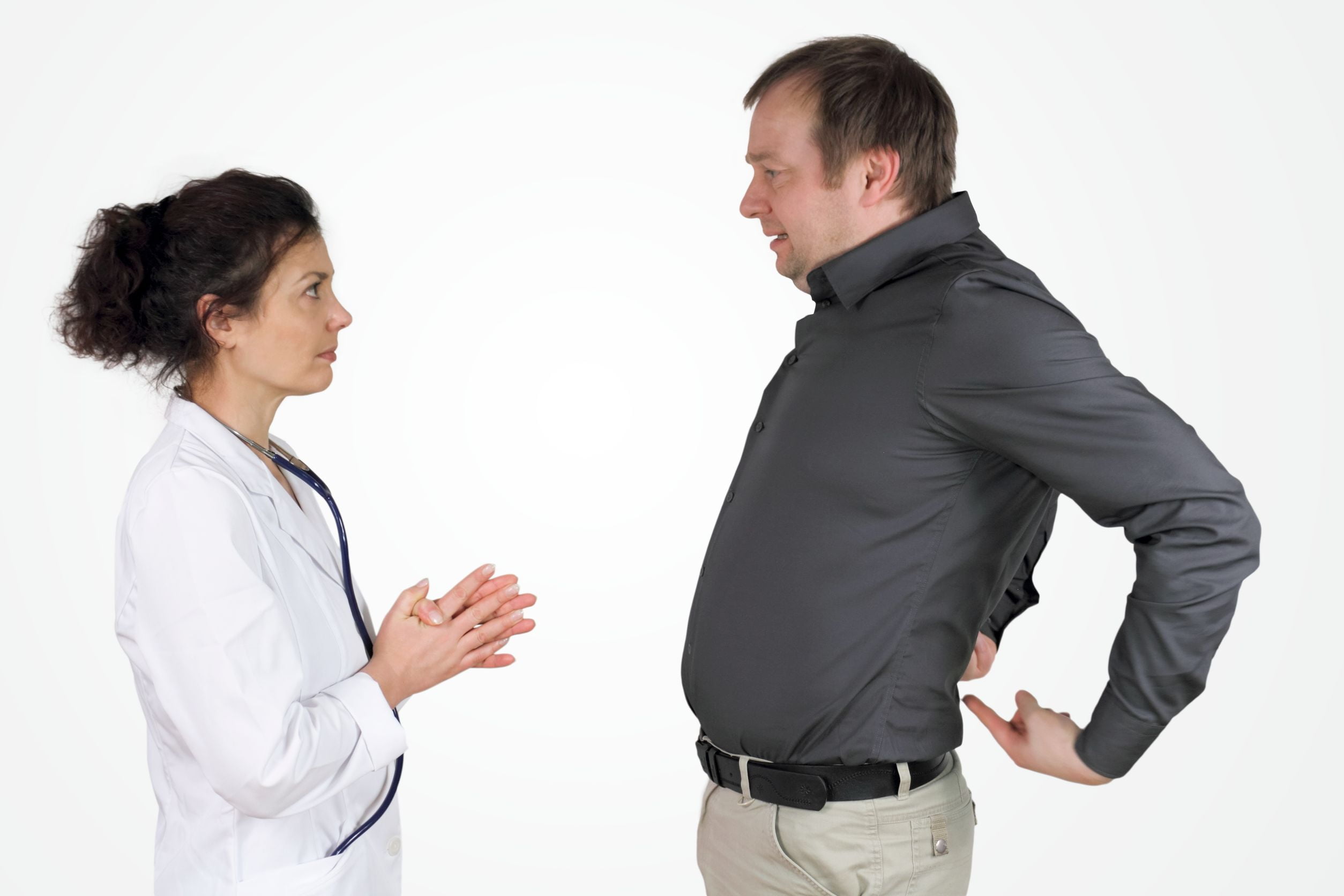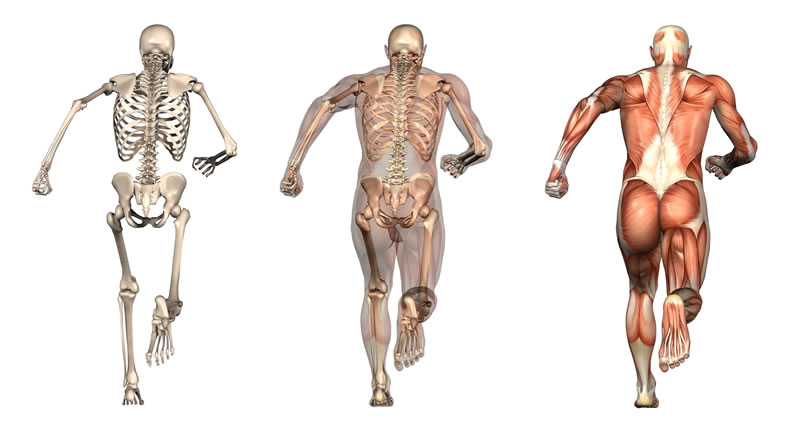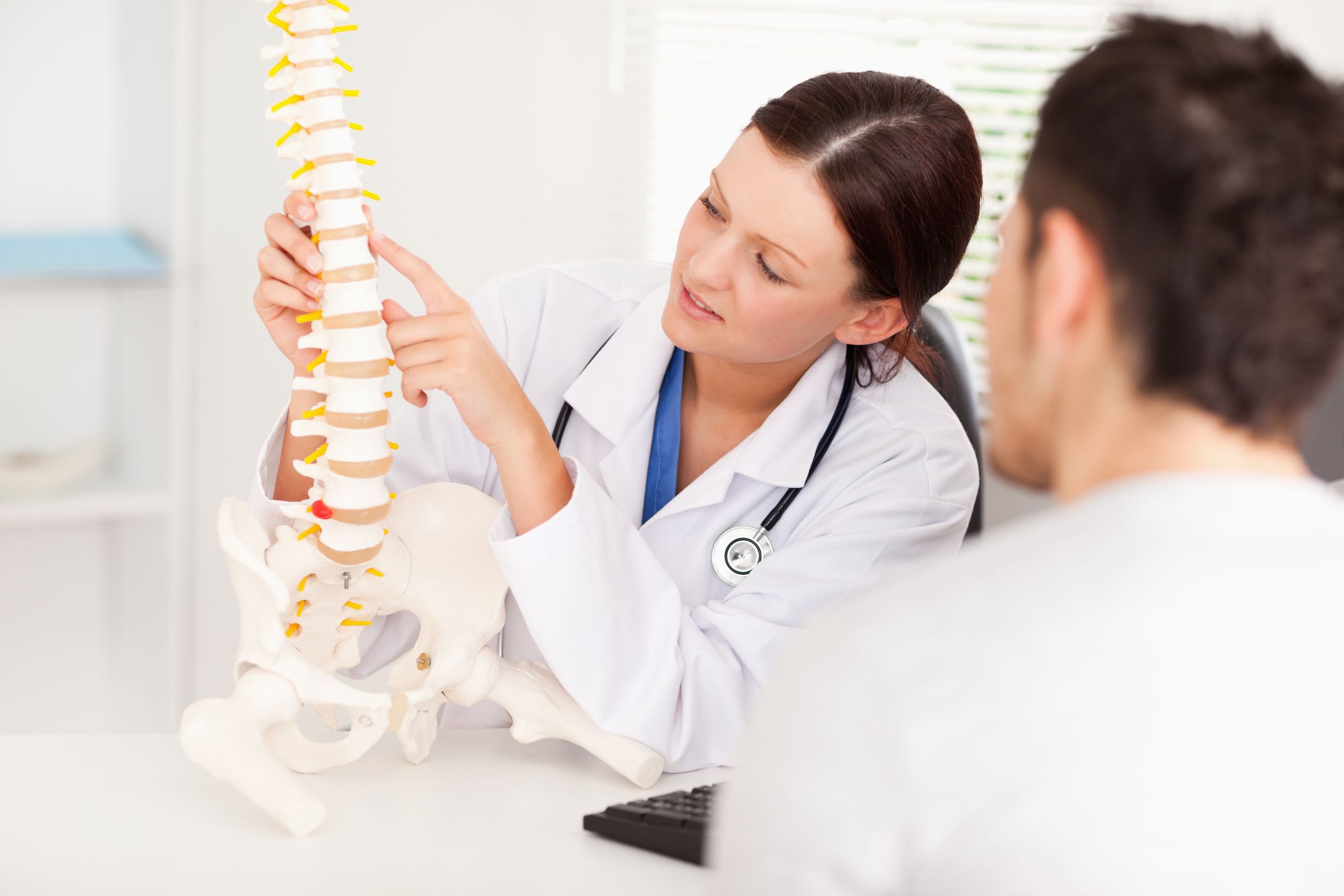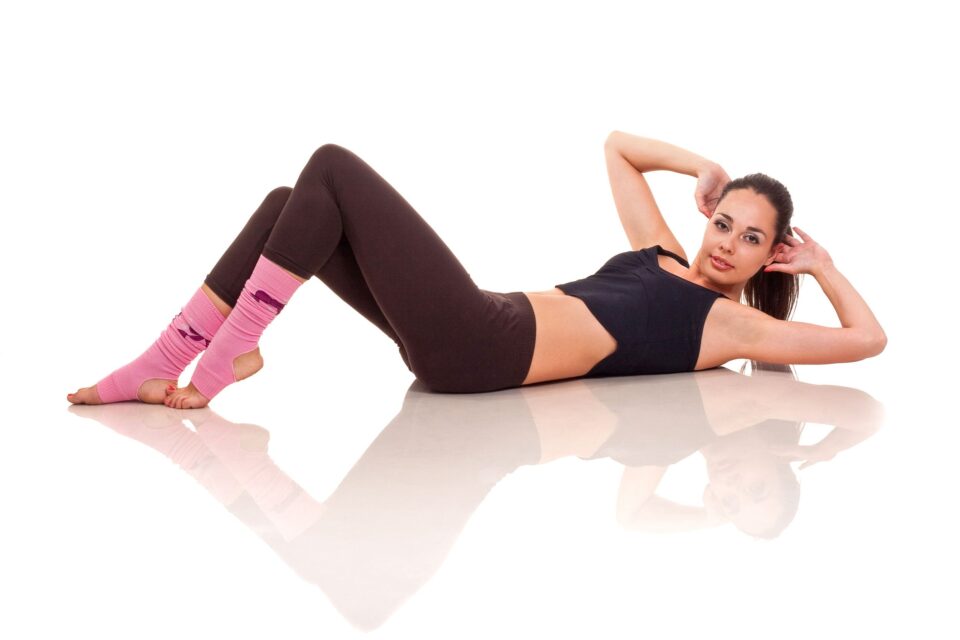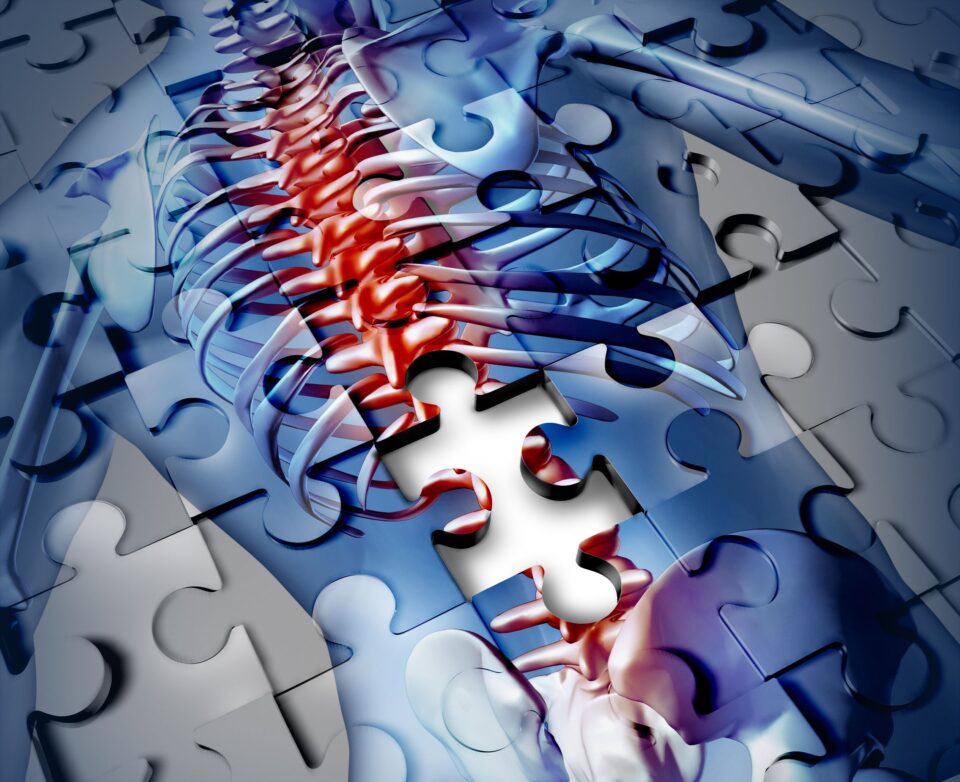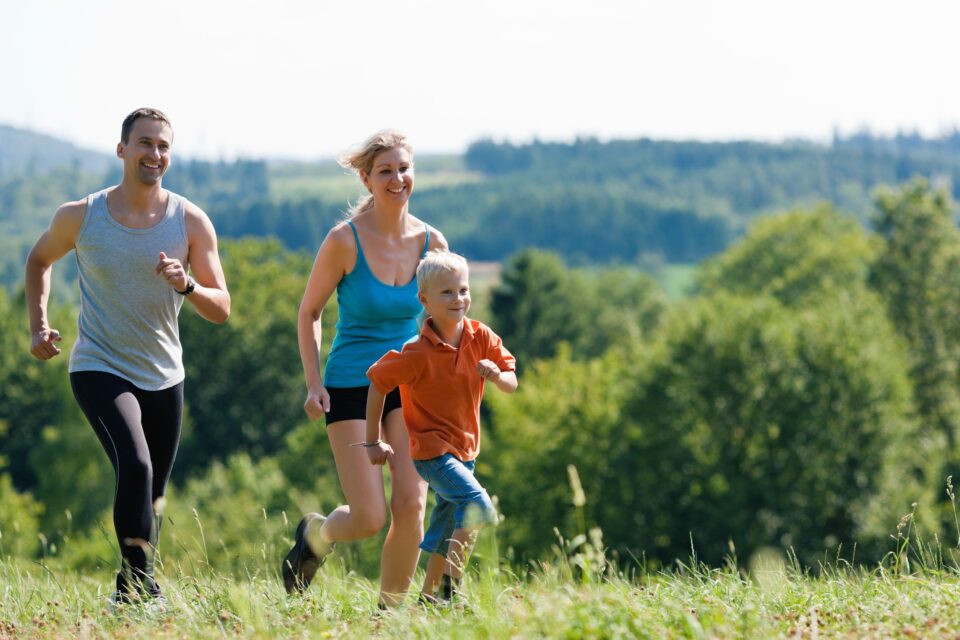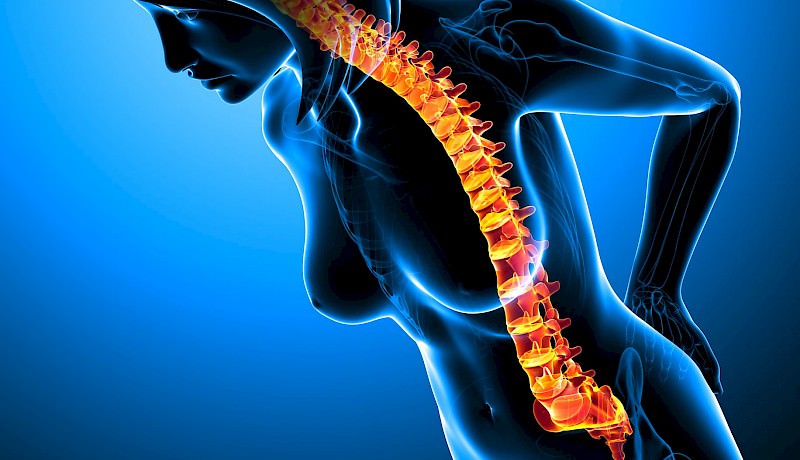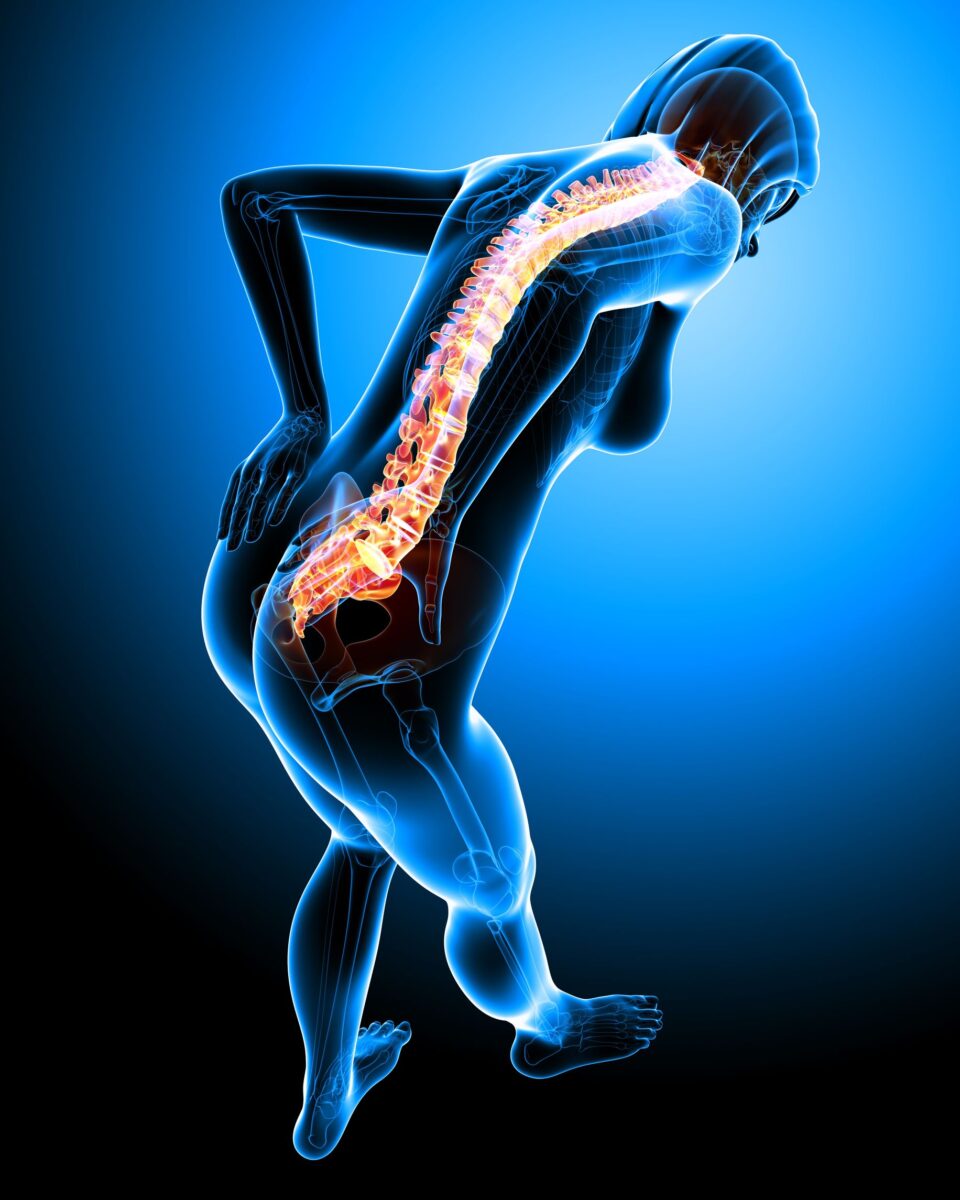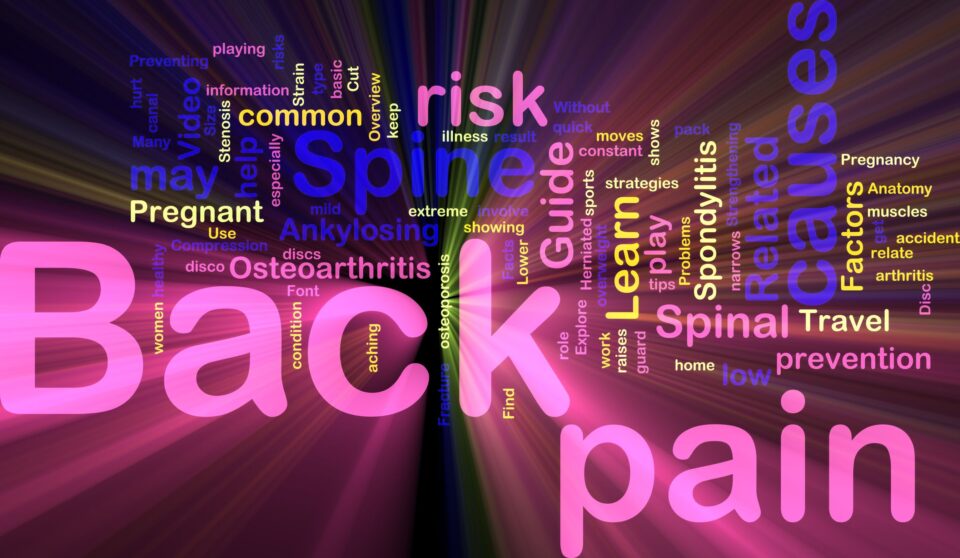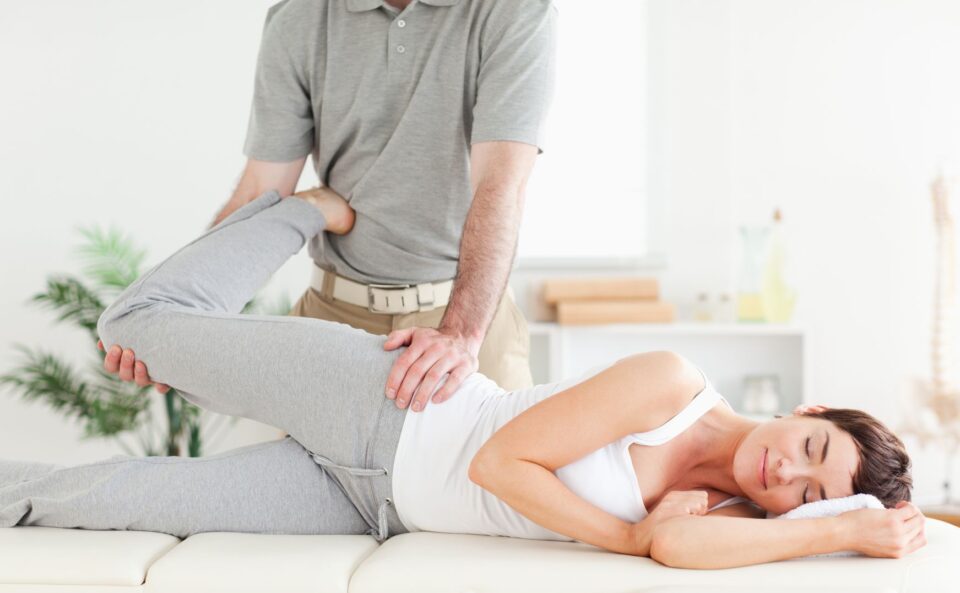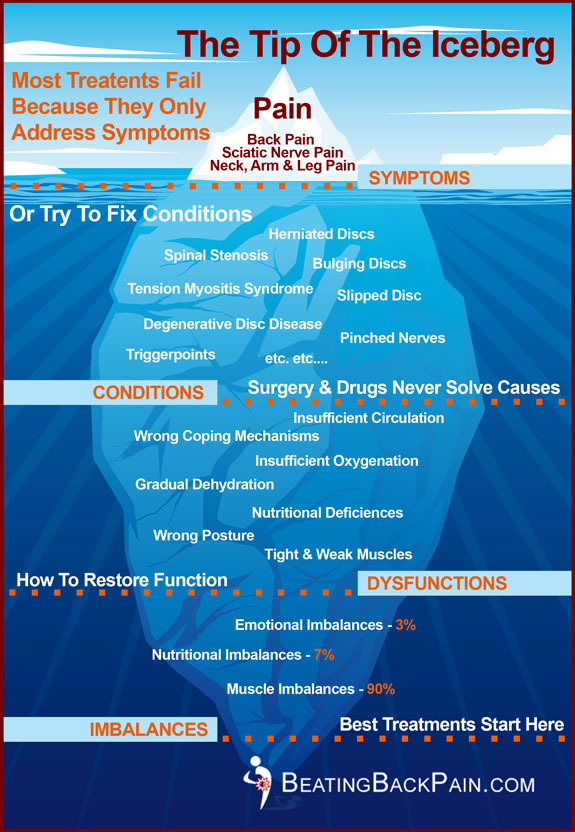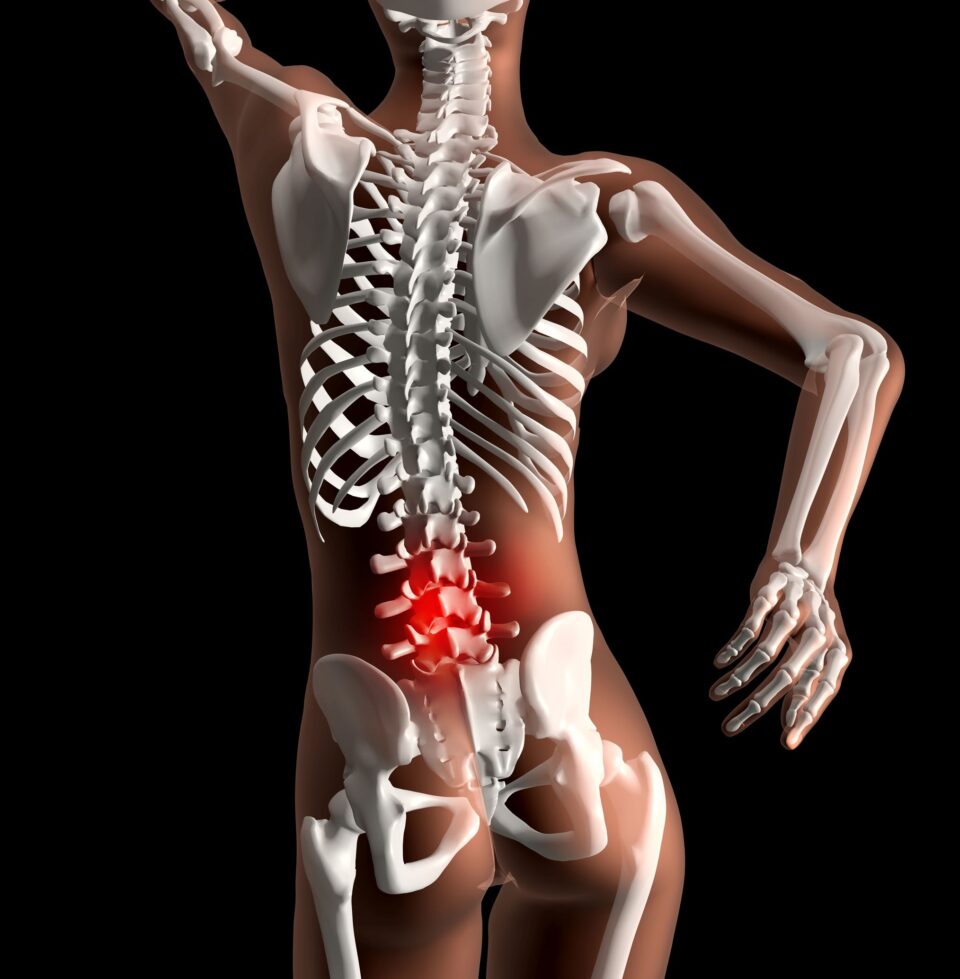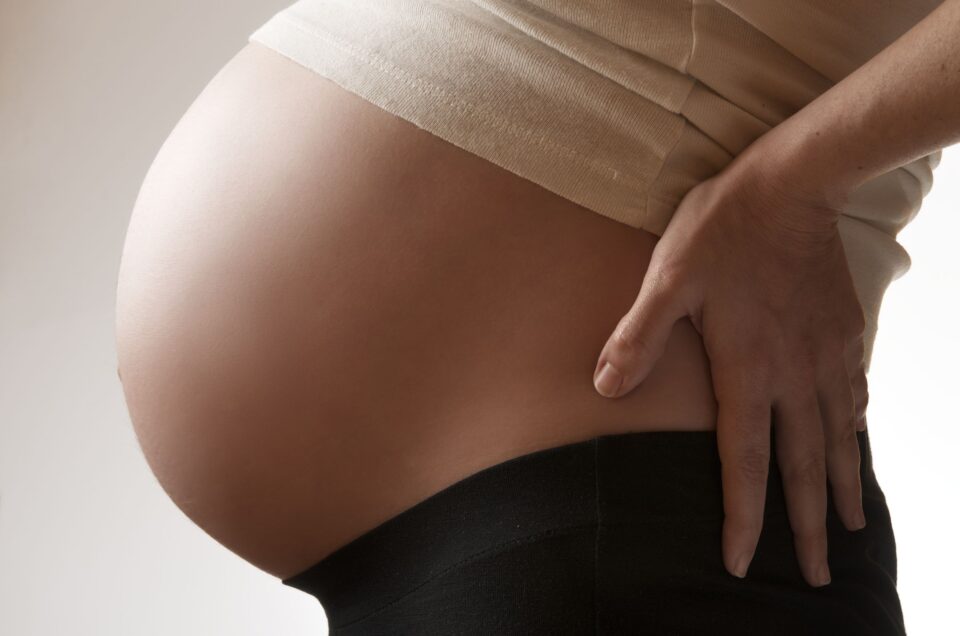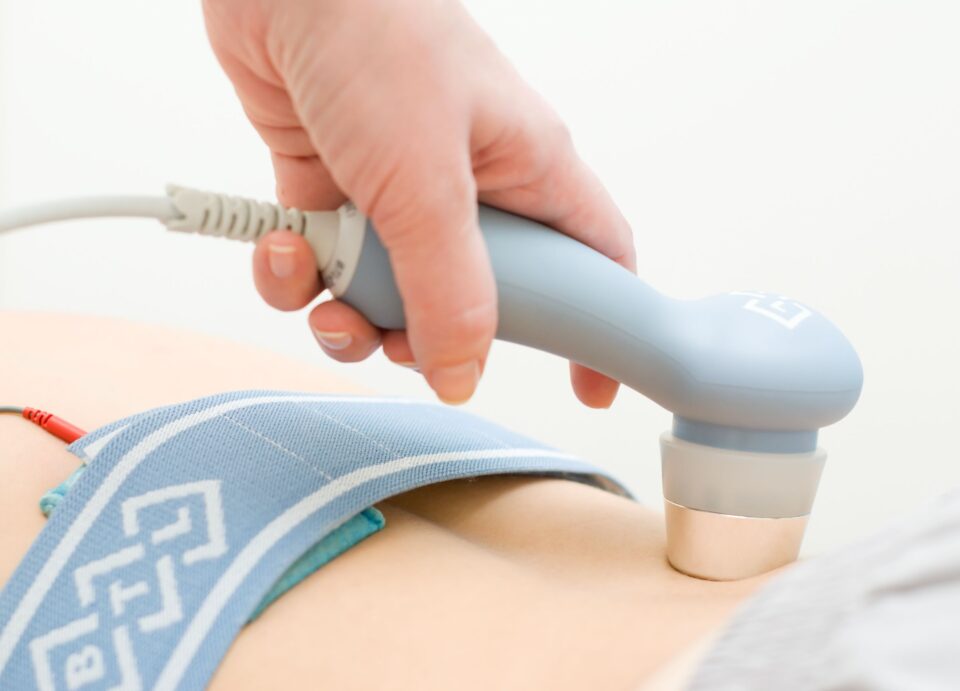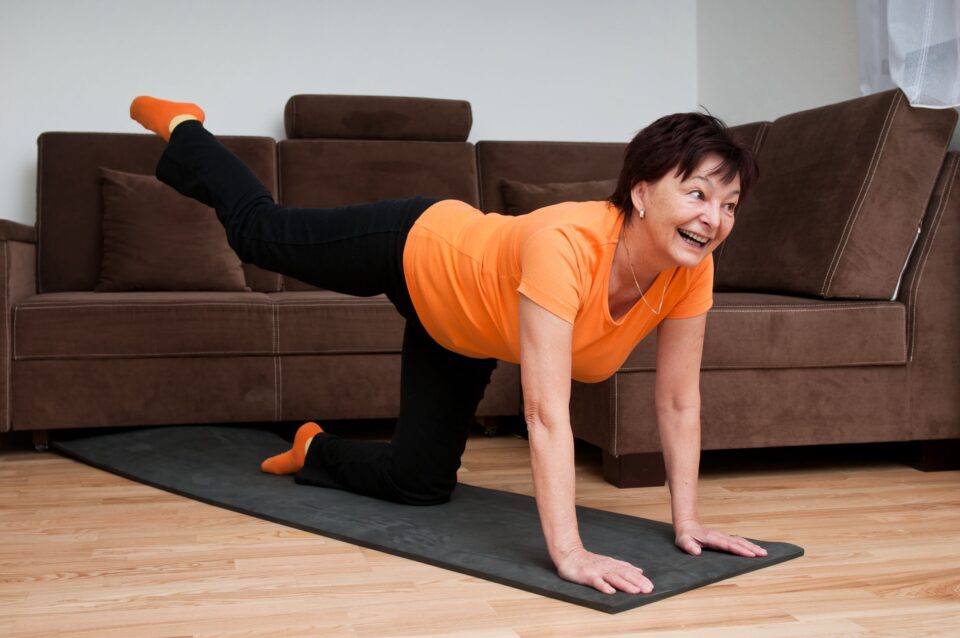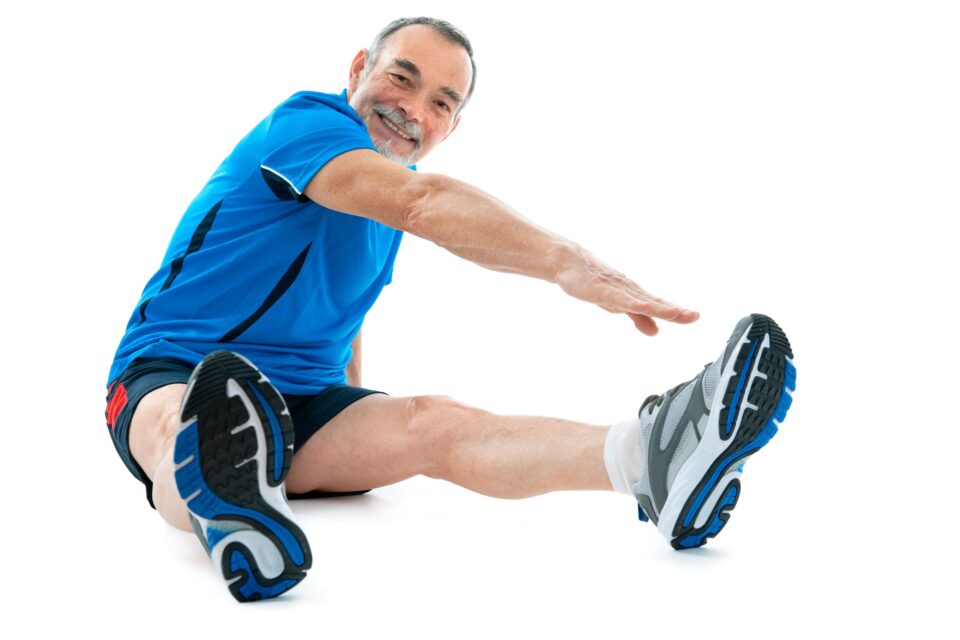Lordosis and Kyphosis. Excuse me?!
Sounds like a disease, lordosis, but relax, it is not as bad as you think. We all have it and we should even be thankful for it. You just don’t need too much of it.
Lordosis and kyphosis are the medical terms used to describe certain curves in the spine.
Your spine is a stack of individual vertebrae, with cushion-type-discs in between: the intervertebral discs.
The spine is designed to support the weight of the whole upper body. And to make sure that your vertebrae and discs can take the load, your spine needs that S-curve…
If all the vertebrae would be sitting exactly on top of each other, the full impact of all weight with each step you take, would be exerted on the lowest vertebrae. And that wouldn’t last long.
Your Spinal Suspension System – The S-Shape
Because without suspension, each step or jump would pounce way too hard on your lowest vertebrae. And the intervertebral discs would have to absorb too much pressure. They can handle a lot, but are not designed for this.
Fortunately, our Creator came up with a solution… by giving the spine an S-shape….
Lordosis, Kyphosis and The Natural S-shape of Your Back
The S-shape in your back acts as a dynamic suspension mechanism. When weight is exerted on the spine, the resulting force is transformed into movement. The spine will move a little bit forward and a little bit backward – thanks to the lordosis and kyphosis…
Looking at the spine from aside, in the neck area you’ll see a curvature to the back. Then, at chest height, there is some curvature to the front. In the lower back, the curvature is backward again. All this results in a nice s-shape that provides suspension to your back.
Back to lordosis and kyphosis. We call a backward curvature “lordosis” and a forward curvature “kyphosis”.
So, the backward curvature in the neck is the neck lordosis, also known as “cervical lordosis”.
The forward curvature at the chest or upper back, is called chest kyphosis (and you thought you only had lordosis… ) By the way, this curve has an interesting name too: thoracic kyphosis.
Finally, the curve in your lower back, at your loin, is called lumbar lordosis.
Lordosis & Kyphosis Are Part Of Your Body
So lordosis and kyphosis are supposed to be there. Just as long as you don’t have too much of it. When you have too much kyphosis in your upper back, something is wrong. Excessive kyphosis is called “hyperkyphosis”.
Some forms of kyphosis may occur in an otherwise normal back, and the cause is very often easily correctable by working on proper posture.
There are also more serious forms of kyphosis, like Scheuermann’s kyphosis.
Hyperkyphosis occurs quite often with younger people and is usually caused by slouching. Fortunately, there is hardly ever any permanent damage to the back.
There is also a form of kyphosis that is associated with osteoporosis.
Our studies show that osteoporosis is often related to insufficient use under load of the bone structure.
Did you know that African women, who carry a lot of weight around on the top of their heads, show a much lower percentage of osteoporosis than western women?
The secret is that if you put pressure on your bones, your body gives signals to manufacture bones with a higher bone-density.
Sad fact is that a wrong posture will make it difficult for you to lift (heavy) objects, which is needed for your body to keep manufacturing strong bones.
If you want to know more about this, read our book “Guard Your Posture”. There is definitely something that can be done about osteoporosis! You can even prevent it alltogether.
The last thing I want to mention here is kyphosis that is associated to too much lordosis of the lower back. This form of kyphosis is caused by the pelvis being tilted forward, causing too big a backward curvature in higher portions of the back.
To compensate for this backward curvature, we often see that the upper back starts bending forward again. Because without this compensation, you would walk around with your head tilting backward.
This form of hyper kyphosis can easily be understood by picturing the following: when the back has a strong backward curvature, you have to tilt your head forward to be able to see ahead of you. And if your lower back curves too much, it is only logical that something happens in the upper back as well.
Fortunately, you can do something about this form of kyphosis yourself, and that is make sure your pelvis is in the right position, so that the lordosis becomes more normal and the kyphosis, as a result, becomes less.
So I would like to distinguish between forms of lordosis and kyphosis that are associated with – for whatever reason – bad postures of people who otherwise would have a normal back, and more severe forms of kyphosis like Scheuermann’s kyphosis.
You can easily work on healthy amounts of kyphosis and lordosis, by guarding your posture. Should you want help with that, read our book: “Guard Your Posture Checklist”, which gives you a simple and easy – automatic pilot way – to improve your posture, without physical exercises.
Lordosis and Kyphosis – not so bad after all.

